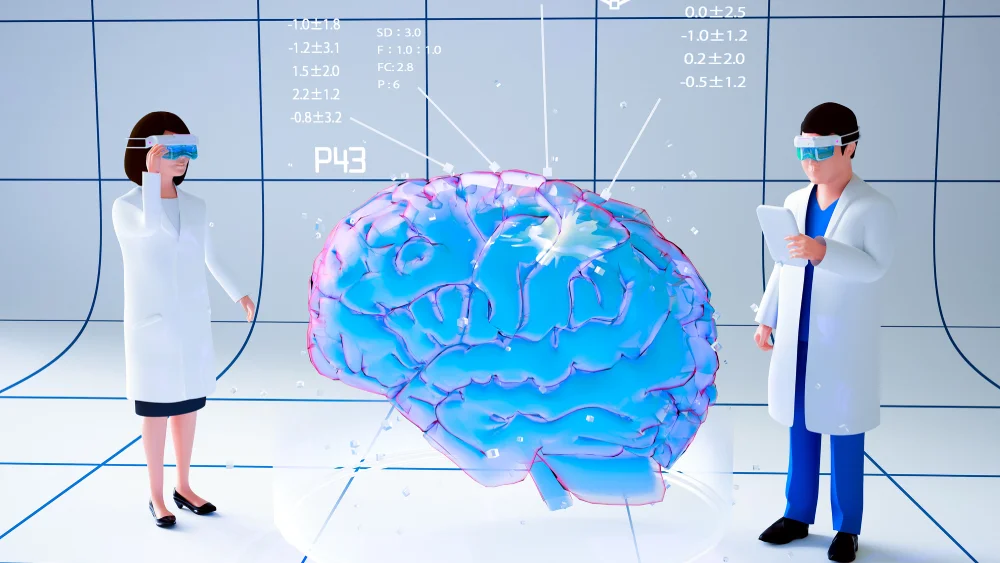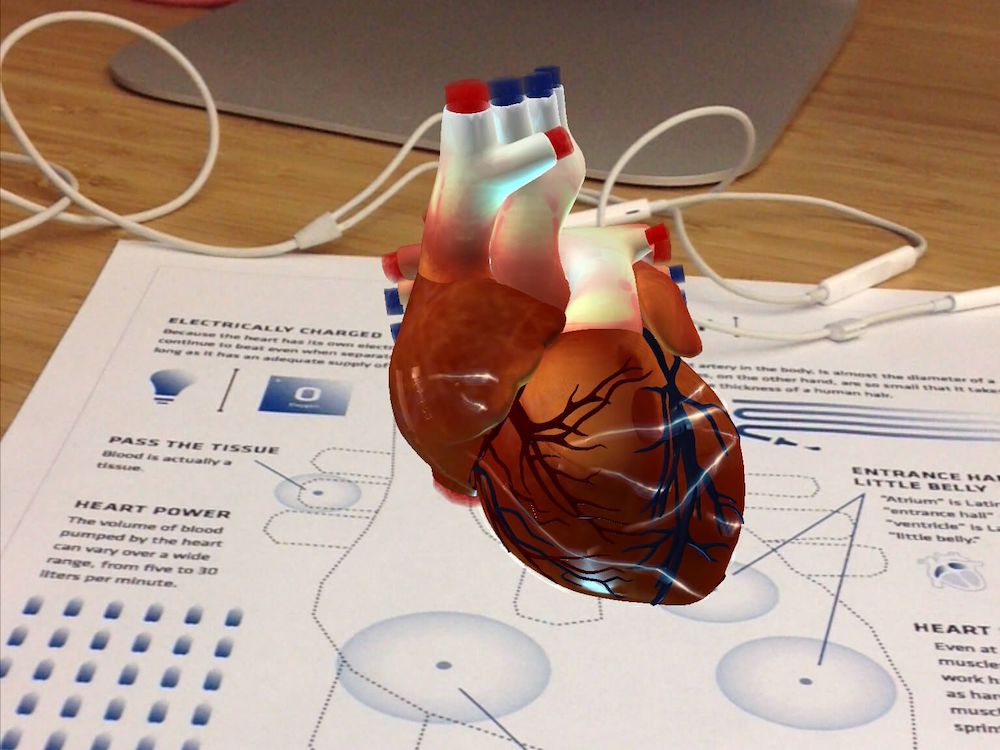In an era driven by technological advancements, the realm of first aid education is also evolving rapidly to incorporate innovative technologies. These innovations are not only enhancing the accessibility of first aid knowledge but also making the learning experience more engaging and immersive. From smartphone apps to augmented reality (AR), here’s a look at how technology is revolutionizing the way we learn and practice first aid.
Mobile Apps: Learning First Aid at Your Fingertips
One of the most significant advancements in first aid education is the proliferation of mobile apps dedicated to this vital skill set. These apps offer easily accessible information and step-by-step guides for various medical emergencies, bridging the gap between theoretical knowledge and practical application.
Users can access these resources anytime, anywhere, making it possible to learn and refresh their knowledge on the go. Moreover, these apps often include interactive quizzes and simulations, ensuring that users can practice and test their skills effectively, much like the interactive CPR and first aid certification courses available at https://cprcertificationnow.com/products/cpr-first-aid-certification.
Gamification: Turning Learning into Play

Source: verdict.co.uk
Gamification is another trend in emergency medical care education that leverages technology to make learning more enjoyable and memorable. By turning training into a game-like experience, individuals are more likely to engage with the material and retain essential knowledge. Gamified apps and online platforms use rewards, leaderboards, and achievements to motivate users to improve their skills continuously.
Virtual Reality (VR): Immersive Learning Experiences
Virtual reality has brought about a revolution in first aid education by providing immersive learning experiences. VR simulations enable users to practice emergency medical care in realistic scenarios, helping them develop the confidence and skills needed to respond effectively during emergencies. Users can virtually assess patients, administer CPR, and apply other critical techniques, all within a safe and controlled environment.
Augmented Reality (AR): Enhancing Real-World Application
Augmented reality is taking education to the next level by seamlessly blending digital information with the real world. AR apps and devices provide users with real-time guidance during emergencies.
For example, AR glasses can overlay step-by-step instructions on how to perform CPR while a user is assisting a person in need. This technology bridges the gap between theoretical knowledge and practical application, increasing the likelihood of successful first-aid interventions. If you are interested in learning these skills, you can get cpr and first aid training toronto.
Remote Learning: Expanding Access to First-Aid Training

Source: healthysimulation.com
The advent of remote learning platforms has made first-aid education more accessible to people around the world. Individuals can now enroll in online courses that offer certification upon completion. These courses often feature video lectures, interactive quizzes, and live demonstrations, enabling students to learn from the comfort of their homes while still receiving valuable guidance from instructors.
Conclusion: A Bright Future for First Aid Education
As technology continues to advance, so too will the innovations in education. Mobile apps, gamification, virtual reality, augmented reality, and remote learning are just a few examples of how technology is enhancing the way we learn and practice first aid.
These innovations not only make it easier for individuals to acquire life-saving skills but also increase their confidence in applying them when it matters most. In this tech-driven world, first aid education is evolving to meet the needs of a digitally savvy society, ultimately saving more lives in the process.



